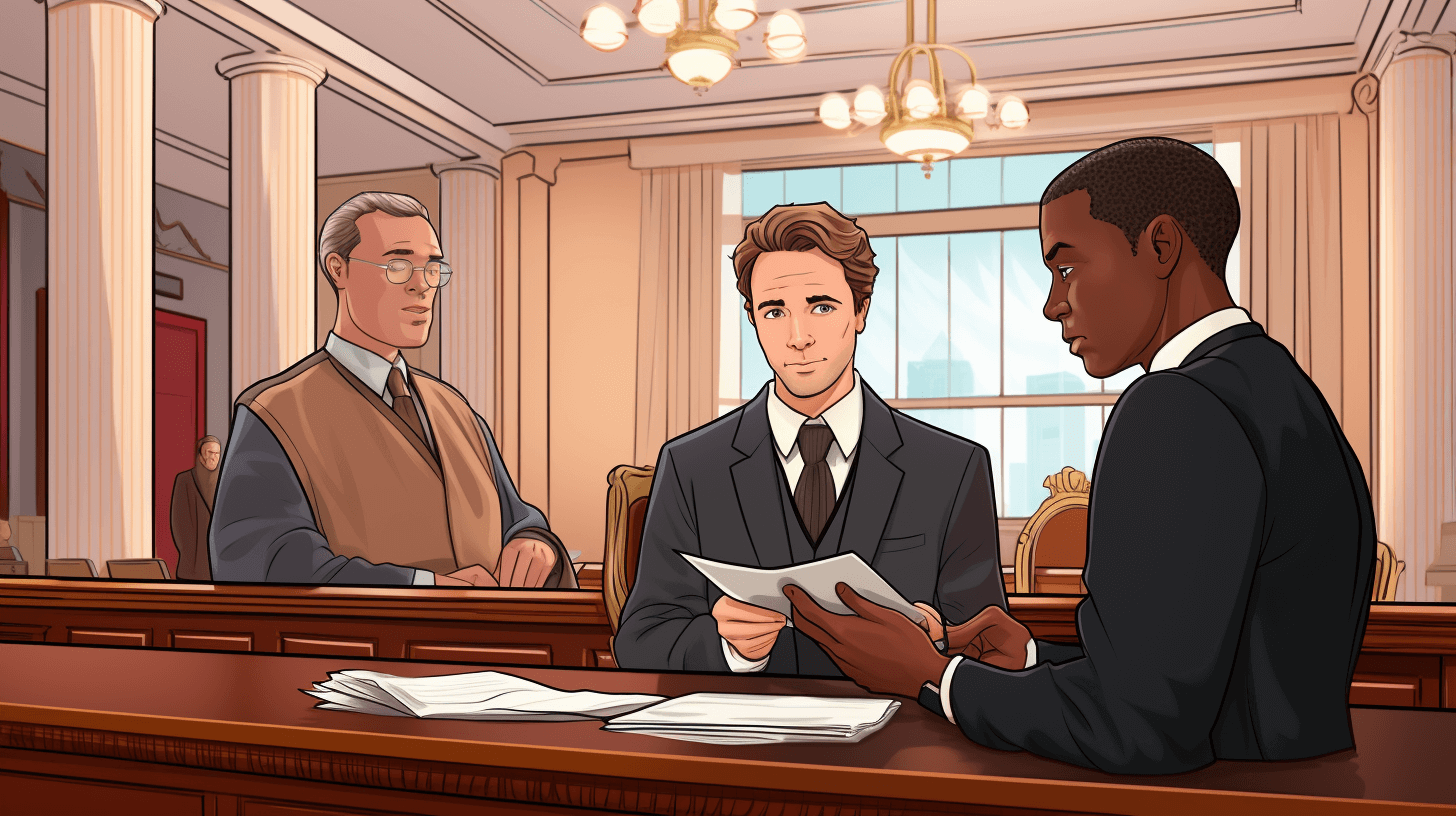September 18, 2025

Restraining orders, also known as protective orders, exist at the crossroads of family law, criminal defense, and civil litigation. For petitioners, they provide safety from abuse, stalking, or harassment. For respondents, they can impose strict limits on daily life — restricting movement, communication, or even access to children.
Understanding the legal side of a restraining order requires examining its procedures, consequences, and broader impact. Like The Legal Side of a Misdemeanour or The Legal Side of a Felony, restraining orders can shape someone’s record, reputation, and rights for years.
What Is a Restraining Order?
Restraining orders are court orders designed to protect people from threats or harm. Common types include:
While they vary in scope, all are legally enforceable — and violating one can trigger criminal penalties.
How Restraining Orders Are Obtained
The process often mirrors The Legal Side of a Trial:
Like The Legal Side of a Grand Jury, hearings don’t always require the same level of proof as criminal trials, but the consequences remain serious.
Grounds for a Restraining Order
Courts consider:
Because restraining orders are preventive, the standard of proof is often “preponderance of the evidence” rather than “beyond a reasonable doubt.”
Consequences for Petitioners and Respondents
Violation of an order may escalate charges into The Legal Side of a Misdemeanour or even The Legal Side of a Felony.
Restraining Orders and Criminal Law
Many restraining orders begin with an arrest (The Legal Side of an Arrest) or an investigation. They may include terms of probation (The Legal Side of a Probation Violation) and can be challenged on constitutional grounds such as unlawful searches (The Legal Side of a Search and Seizure).
Violations often trigger new charges, requiring defense strategies like those in How a Lawyer Can Challenge Evidence in a Criminal Case.
Defense Against Restraining Orders
Attorneys may:
This makes attorney communication essential (Why Communication Matters When Choosing a Law Firm).
Case Studies: The Impact of Restraining Orders
Restraining Orders and Broader Legal Context
The Human Side of Restraining Orders
For petitioners, restraining orders mean safety, peace of mind, and the chance to rebuild. For respondents, they can feel like punishment without a trial — affecting work, relationships, and reputations. Families are often caught in the middle, as seen in The Legal Difference Between Separation and Divorce.
Law firms that excel here provide compassion and strategy — just like in Our Family Law Services and Why Our Firm Is the Right Choice for Your Elder Law Needs.
Conclusion
The legal side of a restraining order demonstrates how the law balances protection with fairness. Orders can save lives but also reshape futures.
From The Legal Side of an Arrest to The Legal Side of an Expungement, restraining orders touch nearly every stage of the legal system. With skilled attorneys, individuals can navigate these orders — whether seeking protection or defending against unfair restrictions — while safeguarding rights, families, and futures.
Stay up to date with the latest tips, expert insights, product reviews, and step-by-step guides to help you grow, create, and succeed—no matter your industry or passion.